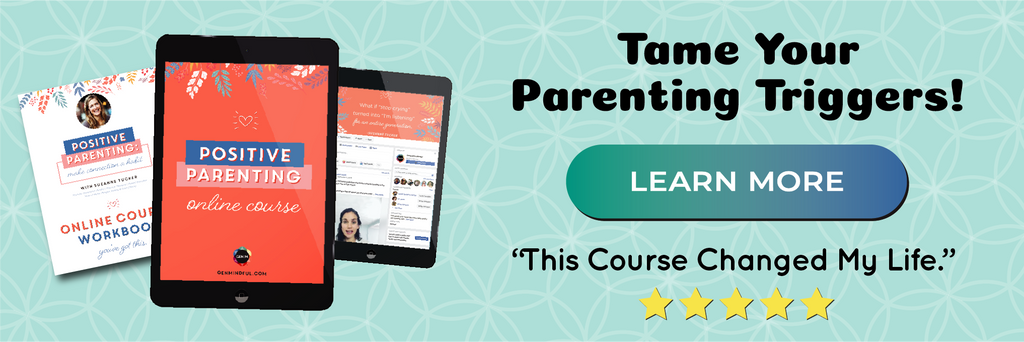
Storytelling is in my blood. My earliest memories are of the bedtime stories my father told me. In these tales, I was always the main character doing something and going somewhere. And even as my eyelids grew heavy and I drifted off to sleep, I would poke my dad if he stopped, mumbling a quiet “finish the story.”
Storytime is a time when our children's imaginations are fired up, operating in the frontal lobe of their brain, priming them for learning. If you are struggling with clingy behavior, transitions, or teaching new skills, then a scripted story may be the best tool in your toolbox!
What's A Scripted Story?
A scripted story is a short, descriptive narrative that helps children transition into new, scary or confusing situations. These stories help children understand the expectations and social cues/rules of a situation, and can be used as a tool to address challenging behaviors and teach new skills.
You can use copy or construction paper, and hand-write or type this story for your child. You can even add age-appropriate visuals and family photos to make the story more concrete for your child's developing mind.
How Can A Scripted Story Help My Child?
A scripted story is a tangible tool that helps remove the fear and “unknowns” around a situation by sequencing the events for them in a playful way. Children often move from their right emotional brain as they develop the skills of the logical left brain. Scripted stories help integrate these parts of the brain so that the child can connect to and process their emotions around what is happening. This form of co-regulation calms their nervous system as they think about the situation. These stories are especially useful for children with ADHD, autism, and other neurodiverse conditions.
How Do I Write A Scripted Story?
There are four types of sentences used in writing a scripted story:
1. Descriptive sentences: Define what’s going to happen, who is involved, what they are doing, and why.
2. Perspective sentences: Describe how the person feels, their thoughts, and mood.
3. Directive sentences: Individualized statements of the desired response. Avoid sentences starting with “do not” or other definitive statements.
4. Affirmative sentences: Highlights positive outcomes or behaviors.
Using three to five descriptive, perspective, and affirmative sentences for every one directive, social stories are used to create a story specific to your child, explaining what they can do in a given situation, why they might do that, and how they may feel about the situation.
We've put together a super simple printable showing you how to write a scripted story for your child. You can use this printable as a guide to writing stories for any situation you may face as your child grows.
Predictability communicates safety, so creating rituals that your children can count on will help alleviate anxious feelings and clingy behavior. When starting something new, or on days the normal schedule must vary, talk to your child about what’s to come, or better yet, read them a story!
• • •
Generation Mindful creates educational tools, toys, and programs that nurture emotional intelligence through play and positive discipline.
Join us and receive parenting inspiration and support in your inbox each week.





Leave a comment